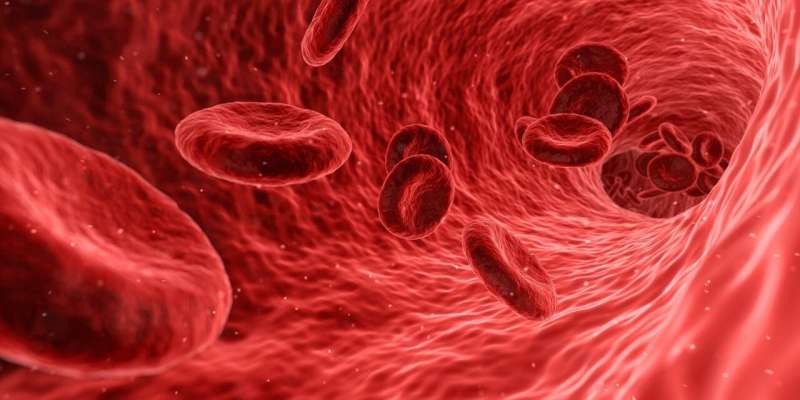Contamination Detection Tool Merges Synthetic Biology and Nanotech for Ultrasensitive Water Testing
A recent article published in ACS Nano highlights groundbreaking advancements in water contamination detection technology, which combines synthetic biology and nanotechnology. This innovative platform, developed over nearly two decades, has been repurposed from a previous application in detecting protein interactions with DNA to create ultrahigh sensitivity tools capable of identifying water contaminants at minute concentrations.
Overview of the Technology
The newly engineered detection tool can identify the presence of hazardous metals such as lead and cadmium in water samples at extraordinarily low concentrations—down to two parts per billion (ppb) for lead and one ppb for cadmium—in a matter of minutes. This advancement has the potential to enhance both environmental safety and public health standards.
Process and Mechanism
The technology operates by interfacing nanomechanical microcantilevers with synthetic biology biosensors. These silicon-based microcantilevers are reproducible and their bending can be precisely measured. The following diagram summarizes the operation:
“These micro- and nanosystems don't need a lot of viral material to make a difference.” – Dr. Vinayak P. Dravid
When coated with specially designed DNA, biosensing molecules bind to the DNA, which results in the bending of cantilevers. In the presence of target contaminants, the transcription factor biosensors unbind from the DNA, causing the cantilevers to "debend." This debending can be accurately measured, allowing for quick detection of contaminants.
ROSALIND Technology
The detection tool utilizes a cell-free biosensor called ROSALIND (RNA Output Sensors Activated by Ligand Induction), developed by Northwestern University’s synthetic biologist Julius Lucks. The first model of ROSALIND is capable of sensing up to 17 different contaminants using merely a single drop of water. The following table outlines the contaminants that ROSALIND can detect:
| Contaminant | Detection Level |
|---|---|
| Lead | 2 ppb |
| Cadmium | 1 ppb |
| Tetracycline | 5 ppb |
Implications for Water Safety
The implications of this technological innovation are vast. A rapid testing methodology could lead to improved responses to contamination incidents and regulatory compliance for drinking water safety. The following are some potential benefits:
- Speed: Detection results can be obtained within two to three minutes, significantly faster than traditional methods.
- Multitarget Capability: The system can analyze multiple targets simultaneously, enhancing its applicability in various contexts.
- Application Beyond Research: The technology could be adapted for health monitoring, allowing for the detection of toxins in human subjects.
Future Directions
As the research progresses, the team aims to simplify the technology. Currently, the tools require specialized equipment for visualizing microscopic movements of the cantilevers. This simplification would facilitate broader application and implementation in public and environmental health disciplines. Some anticipated advancements include:
- Generalization of the device for usage in human health monitoring.
- Enhancements to make the technology more accessible for environmental contexts.
- Raising standards for drinking water safety to ensure public health.
Conclusions
In summary, the merging of synthetic biology and nanotechnology presents a transformative approach to environmental monitoring, specifically in water safety. The ongoing research and developments in this area illustrate the potential for significant enhancements to both environmental standards and health monitoring practices.
References
Agarwal, D. K., et al. (2025). Ultrasensitive Water Contaminant Detection with Transcription Factor Interfaced Microcantilevers. ACS Nano.
Retrieved from Phys.org













Discussion